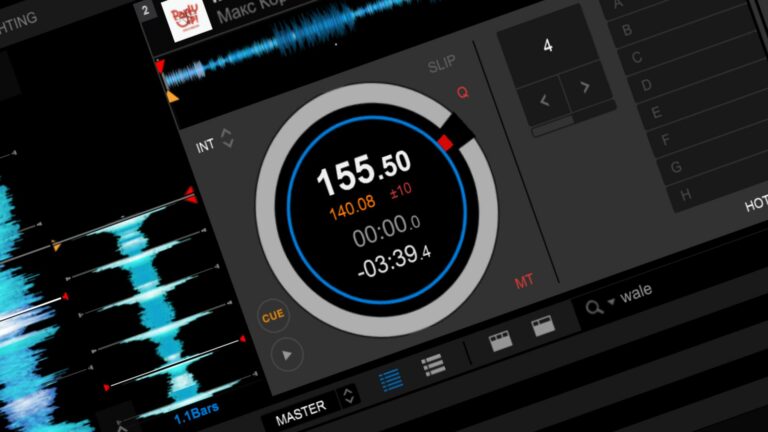Have you ever caught yourself tapping along to the rhythm of a catchy song, wondering how fast its beat really is? That’s where the concept of Beats Per Minute (BPM) becomes fascinating. As a music enthusiast, DJ, or even just a casual listener, understanding how to find the BPM of a song is a skill that opens up new dimensions in the way we experience music.
I’m here to guide you through the intriguing process of how to find bpm of a song or track. Forget about the days when this task was a challenge reserved for seasoned professionals. Whether you’re venturing into DJing, exploring the intricacies of music production, or simply aiming to craft the perfect workout playlist, grasping the concept of BPM is key to elevating your musical journey.
So, let’s dive into this adventure together. I’m about to unfold the secrets of BPM, taking you from traditional manual counting techniques to cutting-edge digital innovations. By the end of this journey, you’ll not only grasp the significance of BPM in music but also be equipped with the skills to determine it swiftly and accurately.
Table of Contents
Understanding What BPM Means

When I first got into music, BPM was like a secret language to me. But once I cracked it, everything about music started to make more sense. So, what exactly is BPM? Simply put, BPM, or Beats Per Minute, is a unit for measuring the tempo of a song. It’s the pulse of the track, the rhythm that keeps everything in sync.
Think of BPM as the heartbeat of a song. A slow, soothing ballad might have a BPM of around 60, like the steady thud of a resting heart. On the other flip of the record, a fast-paced dance track could ramp up to 120 BPM or more, mirroring the exhilaration of an intense workout.
Understanding BPM is crucial, not just for DJs or music producers, but for anyone who enjoys music. It’s what makes some songs perfect for a gym session and others ideal for a relaxed evening. Different genres often have their characteristic BPM ranges too. For instance, the majority of EDM tracks hover around 120-130 BPM, while hip-hop tends to sit comfortably between 80-110 BPM.
In my journey, I’ve learned that knowing the BPM of a song can also help you appreciate the structure and style of music more deeply. It’s like having a window into the artist’s creative process – understanding why they chose a certain tempo and how it affects the overall feel of the song.
Evolution of BPM Detection
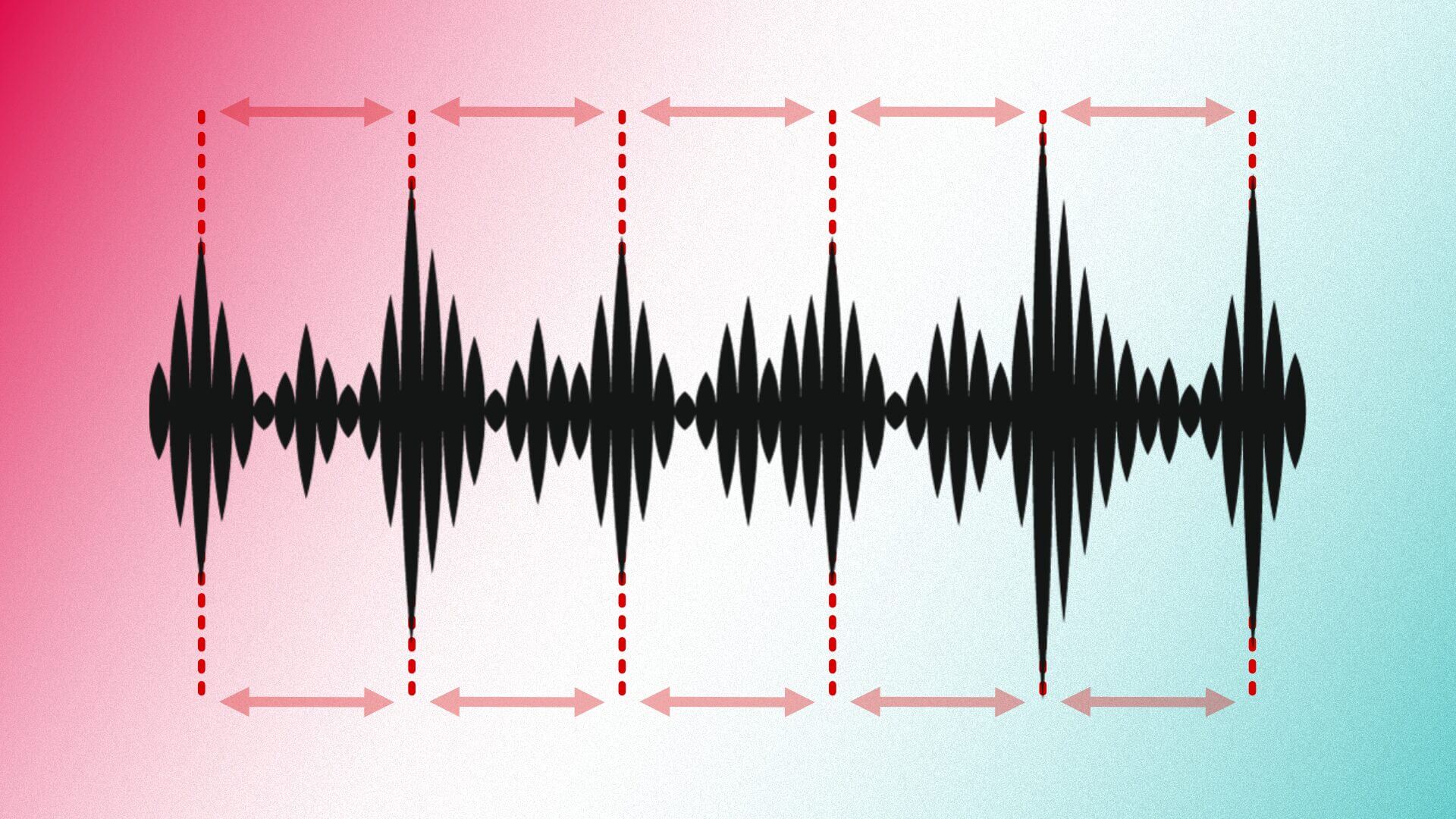
My journey in understanding BPM has been fascinating, especially when I look back at how BPM detection has evolved over the years. It’s like a trip through time, from the days of analog to the digital age.
Back in the day, figuring out the BPM of a track was a hands-on, ear-focused task. DJs and musicians often relied on their intuition and a good old stopwatch to measure the beats manually. Picture a DJ in the 70s, headphones on, stopwatch in hand, tapping their foot and counting the beats of a vinyl record. It was part art, part science, and a whole lot of practice.
Fast forward to the digital era, and things have changed dramatically. Thanks to technology, we have moved from manual counting to sophisticated software that can analyse a song’s tempo in seconds. This leap in technology has been a game-changer, especially for DJs and music producers. Now, with a click of a button, software can scan a track and tell you its BPM, taking out the guesswork and saving tons of time.
But this evolution isn’t just about convenience; it’s also opened up new creative possibilities. Understanding and manipulating BPM has become more accessible, allowing more people to experiment and create music in ways that were once limited to those with specialised skills.
As we delve deeper into this section, I’ll share some insights into the traditional methods of BPM detection and how modern tools have revolutionised this process. It’s a testament to how technology has transformed the music world, making it more inclusive and innovative.
How to Find BPM of a Song or Track Manually
Learning to count BPM manually was one of my first challenges when I stepped into the world of music. There’s something genuinely raw and authentic about this method. It connects you to the music in a way that digital tools just can’t replicate. Let me walk you through how you can do it too.
Step 1: Grab Your Stopwatch
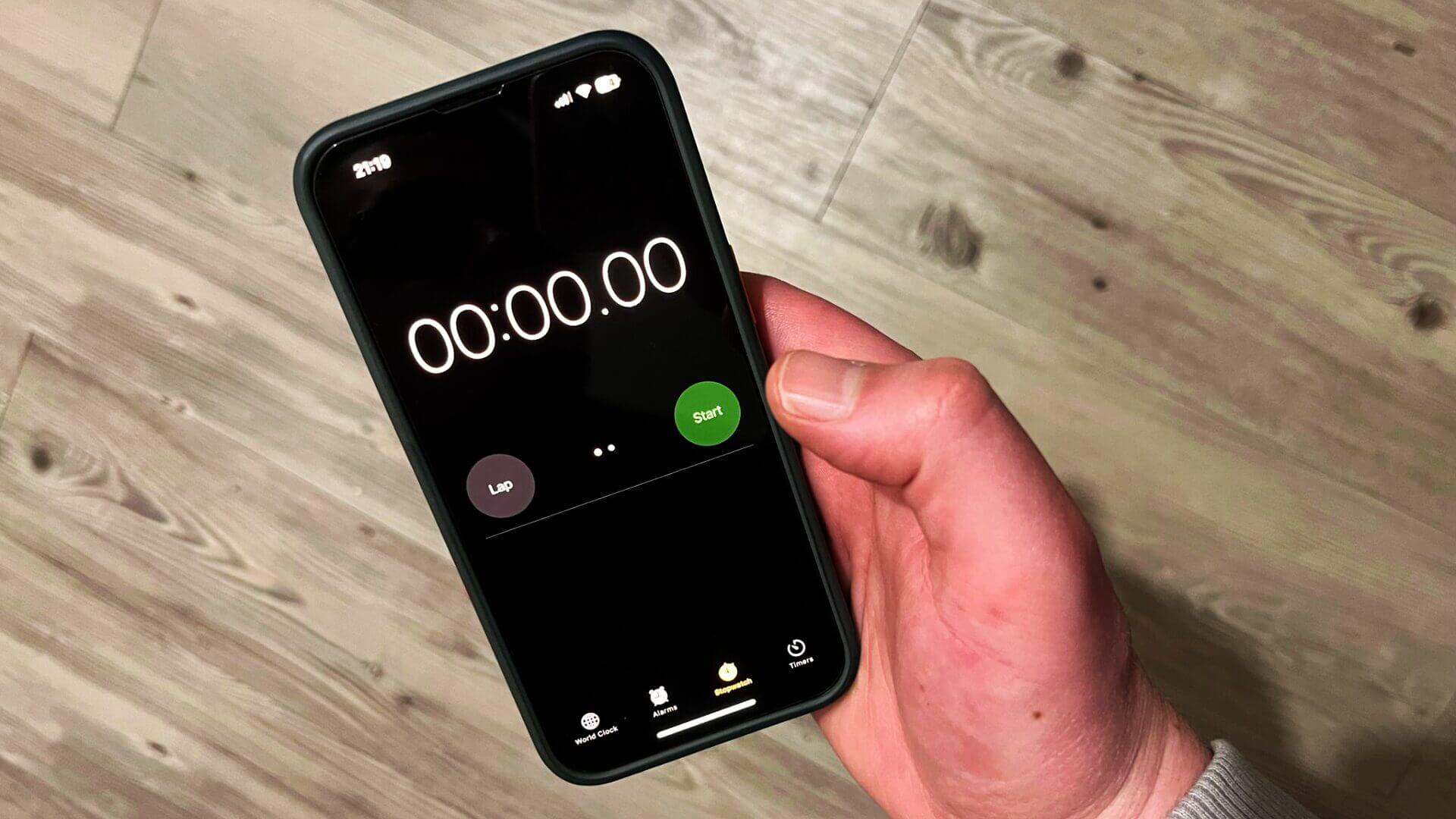
In order to measure a tracks BPM you will need to grab a stopwatch. Nowadays, your smartphone timer is more than sufficient. Also, make sure that you’re in an environment where you can clearly hear the beats of the song.
Step 2: Choose a Track to Measure
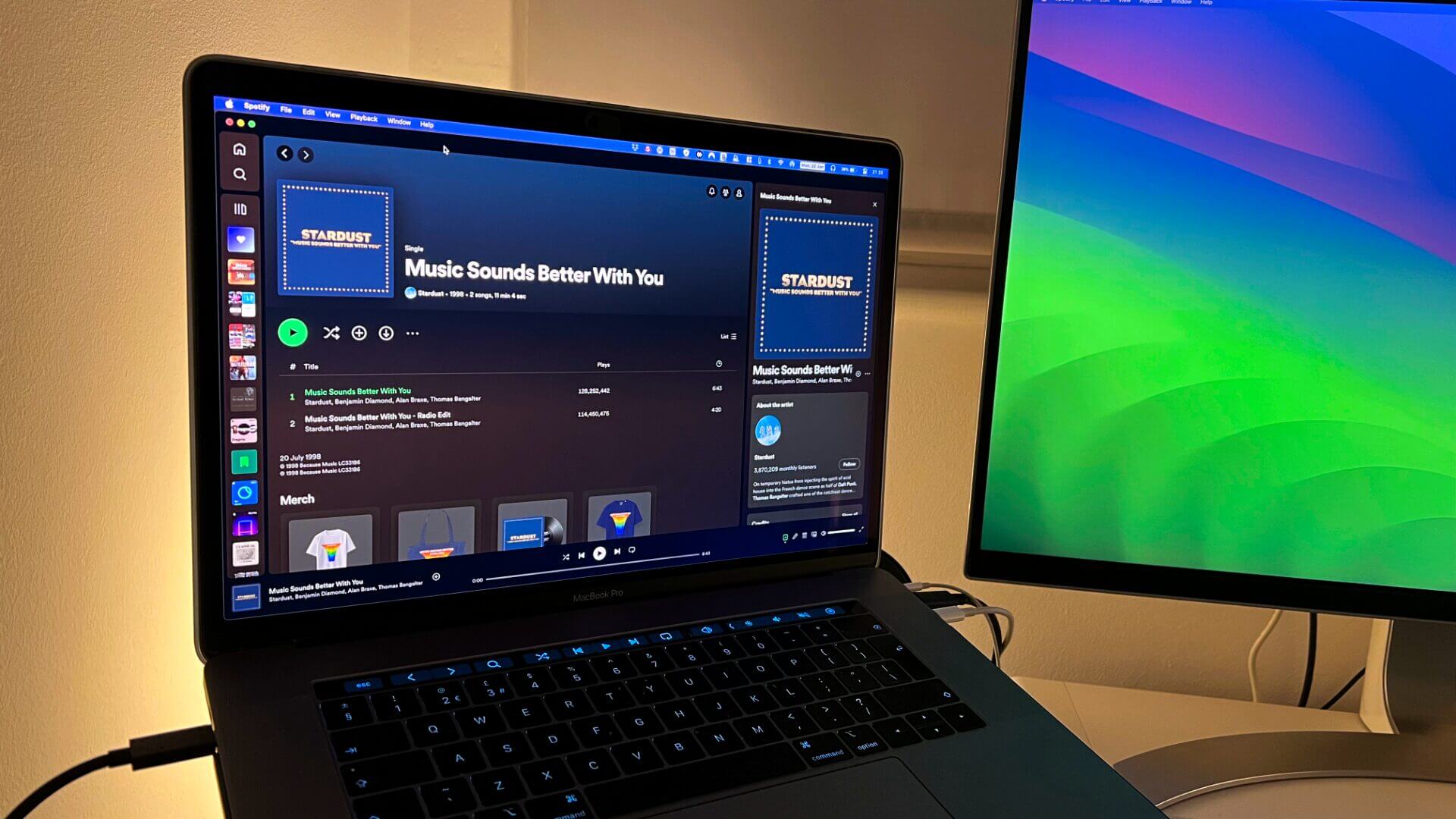
Pick a track you want to use for this test. Ideally, start with a track that has a clear and steady beat. Have the song ready to play on your preferred device.
Step 3: Starting the Count
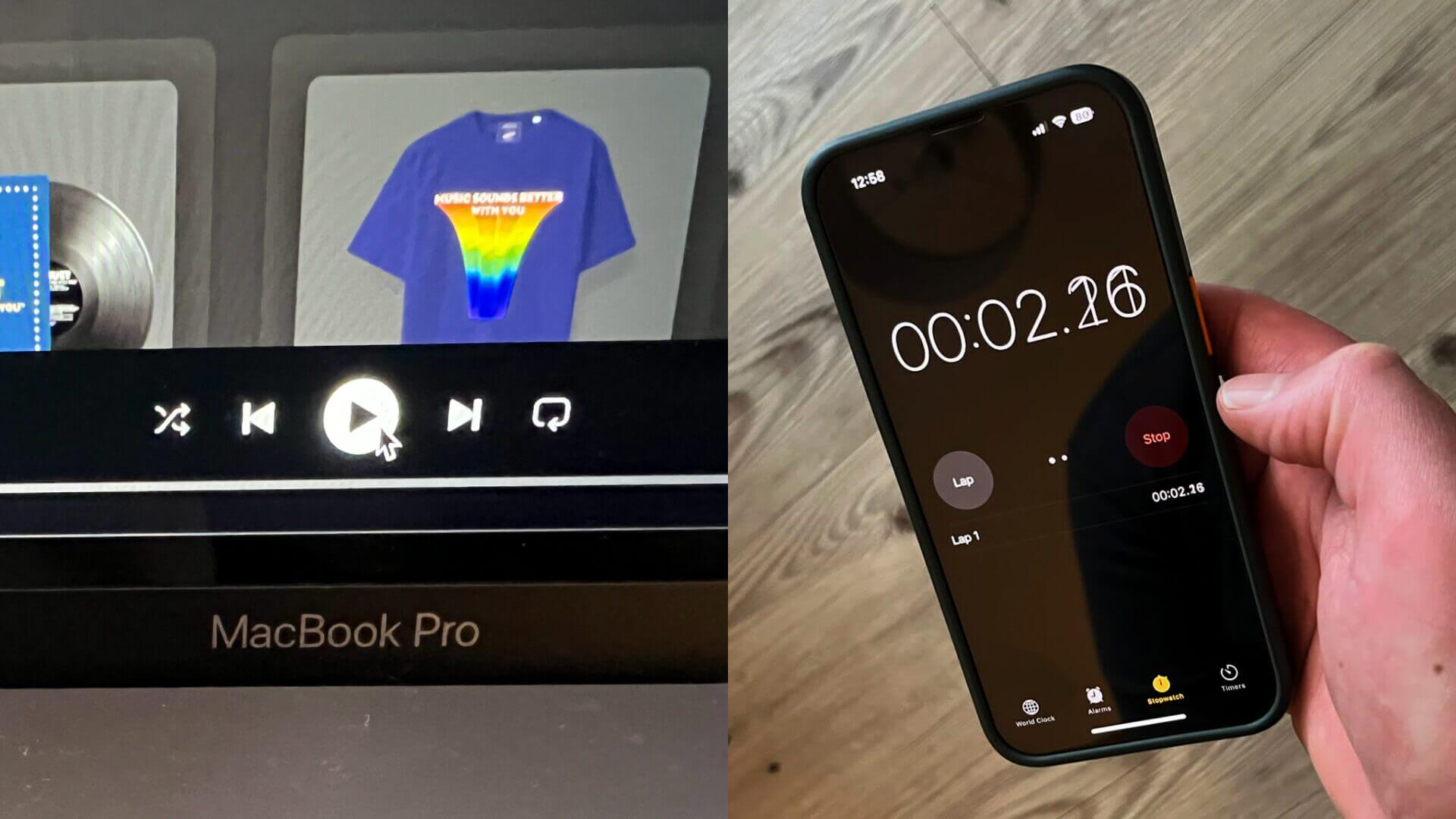
Hit play on your song and when you get to a section that has a clear and defined beat, press ‘start’ on your stopwatch. Listen carefully and start counting the downbeats – these are the rhythmic sounds that form the core of the track. Think in your head “1 AND 2 AND 3 AND 4 AND…”
Step 4: Counting the Beats
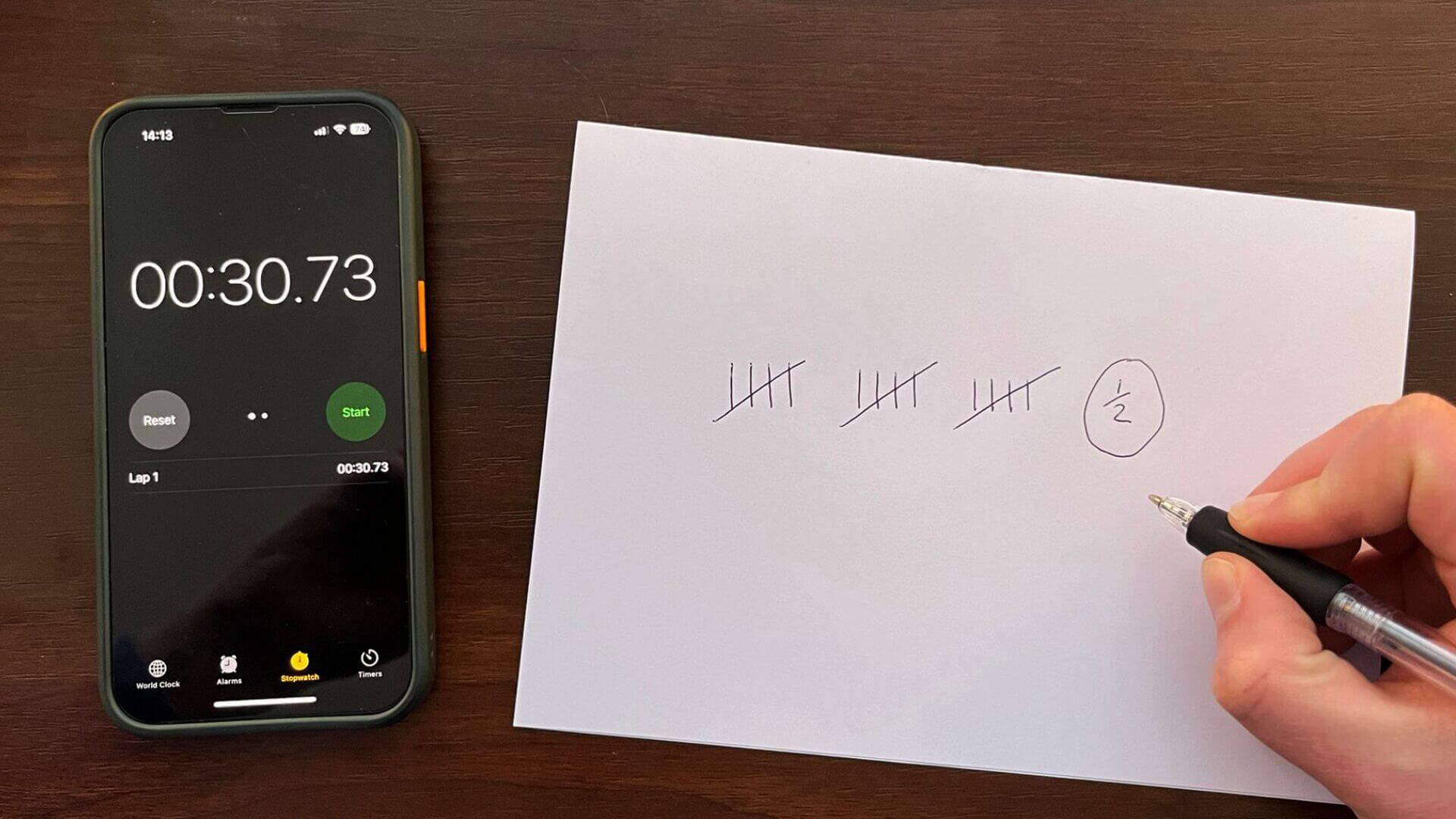
Make a tally of every downbeat (kick drum on the 1 and 3). In this example I have counted 15 and a half. The reason for the half is because I didn’t hear a full beat when I stopped the timer. It probably isn’t exactly half, but that will do. If in doubt, always put a half.
Step 5: Final Calculation using The Formula

Next, we simply apply this formula to get our resulting BPM value. So, seeing as we know our total downbeats counted within 30 seconds is 15.5, the formula is applied as follows:
- 15.5 x 4 = 62
- 62 x 2 = 124
So our resulting BPM is 124 beats per minute.
Please note: that this formula only applies to tracks and songs that are using the 4/4 time signature. Hence why we multiply the ‘total downbeats in 30 seconds’ by 4.
Why Manual BPM Detection Matters
- Developing Your Ear: This exercise is not just about numbers; it’s about training your ear and understanding music’s rhythm and tempo.
- Applicability: These skills are invaluable in DJing and live performances, where digital tools might not always be available.
This manual counting isn’t just about getting a number. It’s about training your ear and getting a deeper feel for the music. When I started doing this, I found that my understanding of rhythm and timing in music deepened significantly. It’s a skill that serves well, especially if you’re into DJing or live music performance.
While manual BPM detection has its charm, it’s not without challenges. It can be tricky with songs that have complex rhythms or when the beat isn’t pronounced. That’s where modern tools come in, which we’ll explore in the next section. But remember, having the foundational skill of manual BPM counting can give you an edge in understanding and connecting with music on a deeper level.
Tools and Software for Finding BPM
Digital tools and software have been around for such a long time, there are now hundreds, if not thousands, of solutions and options available to us that can help detect the BPM of a song. Below I’m going to take you through a few of them.
Online BPM Calculators
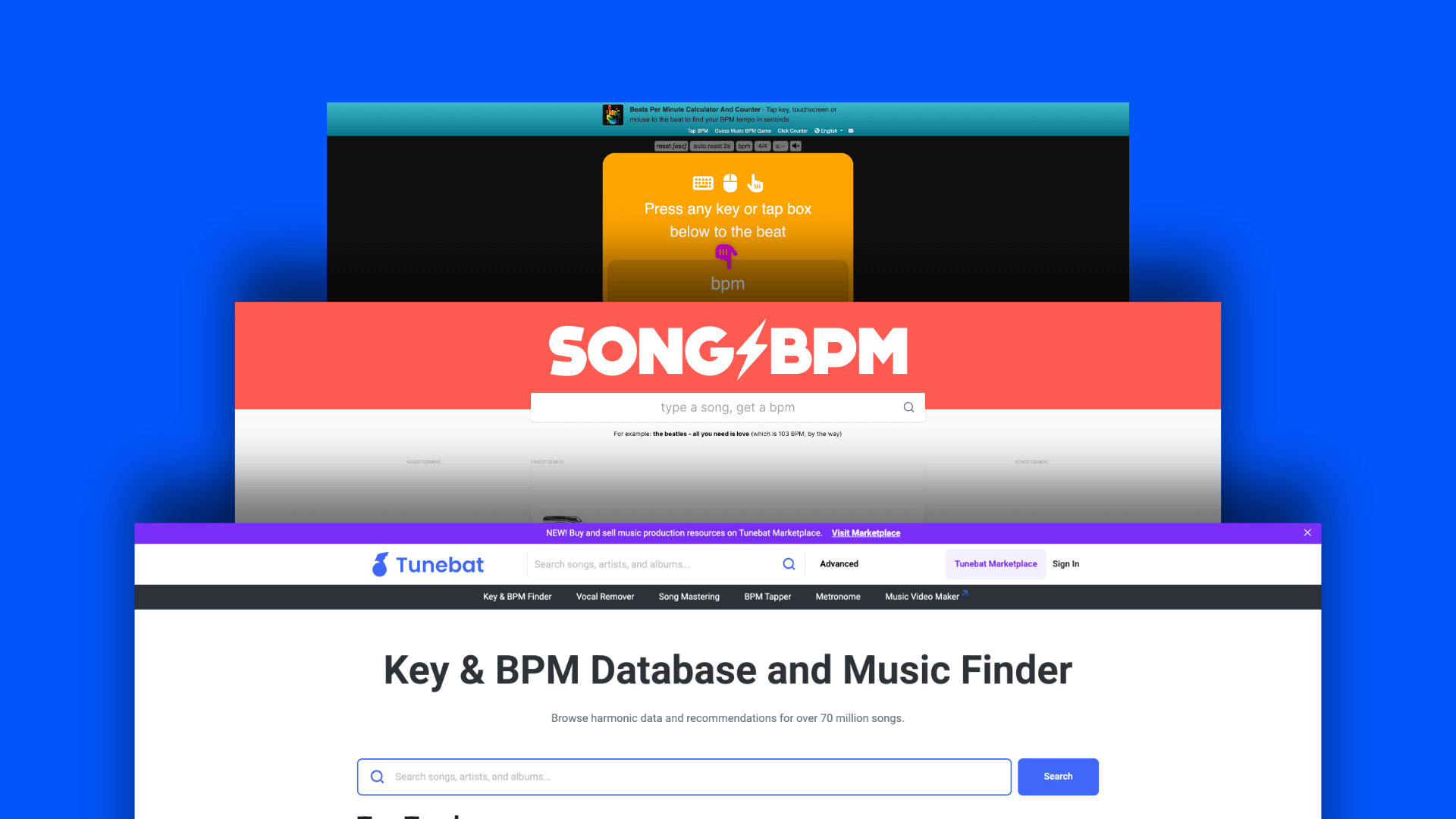
For a quick and straightforward way to find a song’s BPM, online calculators like Beats Per Minute Online and SongBPM are incredibly user-friendly. These websites allow you to tap out the beat or upload a track directly for instant BPM analysis. A solution that doesn’t require you to upload a track is Tunebat, which used the Spotify API, but they have the option to upload a track as well FYI.
Mobile BPM Apps

When you’re on the move, mobile apps like Music KEY & BPM Finder (available on Google Play store) and Tap Tempo (available on app stores) are perfect for real-time BPM detection. They’re especially useful for DJs and musicians needing BPM information during live performances or impromptu jam sessions.
DJ Software with BPM Analysis
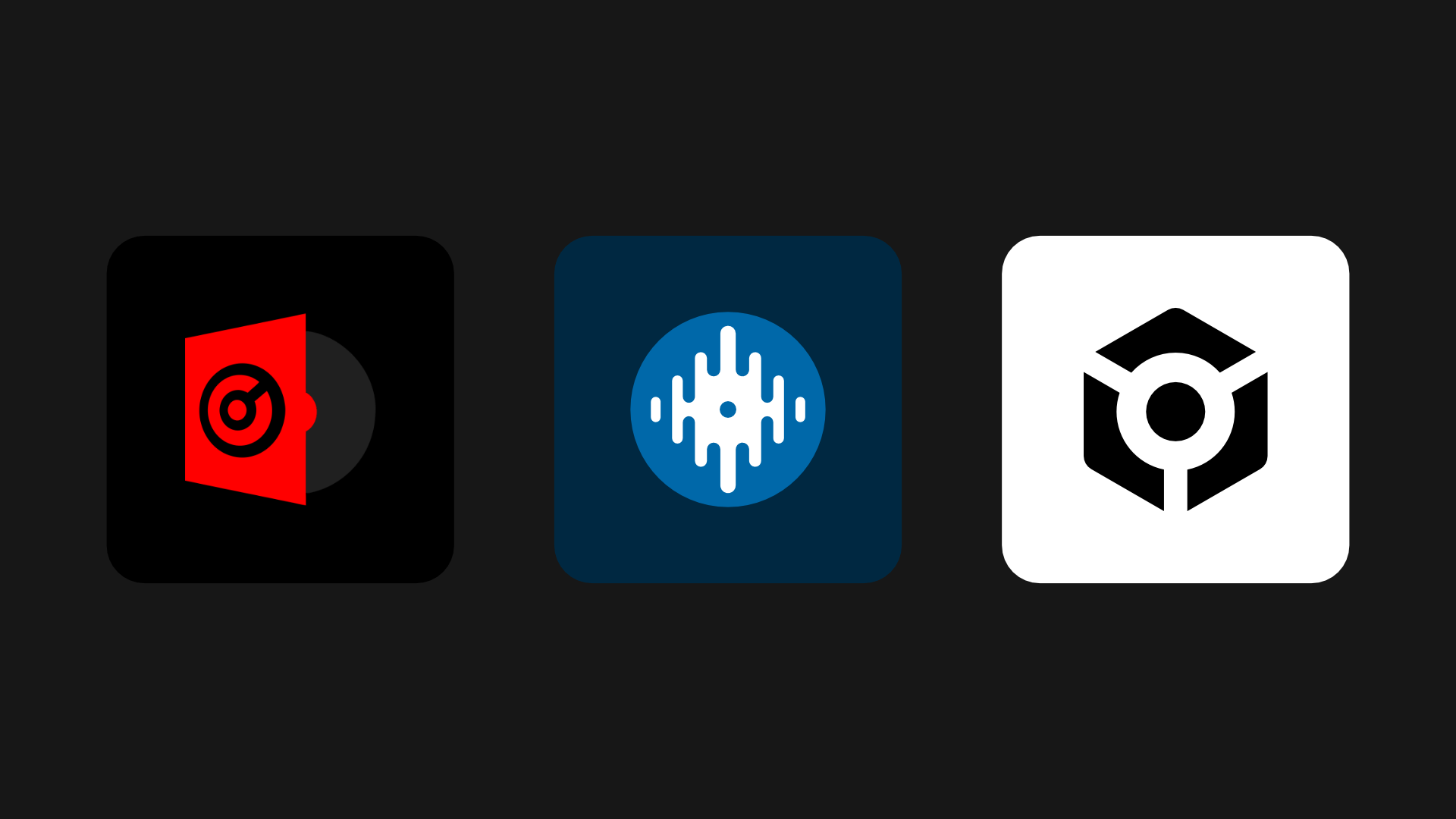
For more advanced users, DJ software like Serato DJ, VirtualDJ, and Rekordbox offer comprehensive BPM analysis tools. These programs integrate BPM detection with other DJ functionalities, providing a seamless experience for mixing and set planning.
Digital Audio Workstations (DAWs)
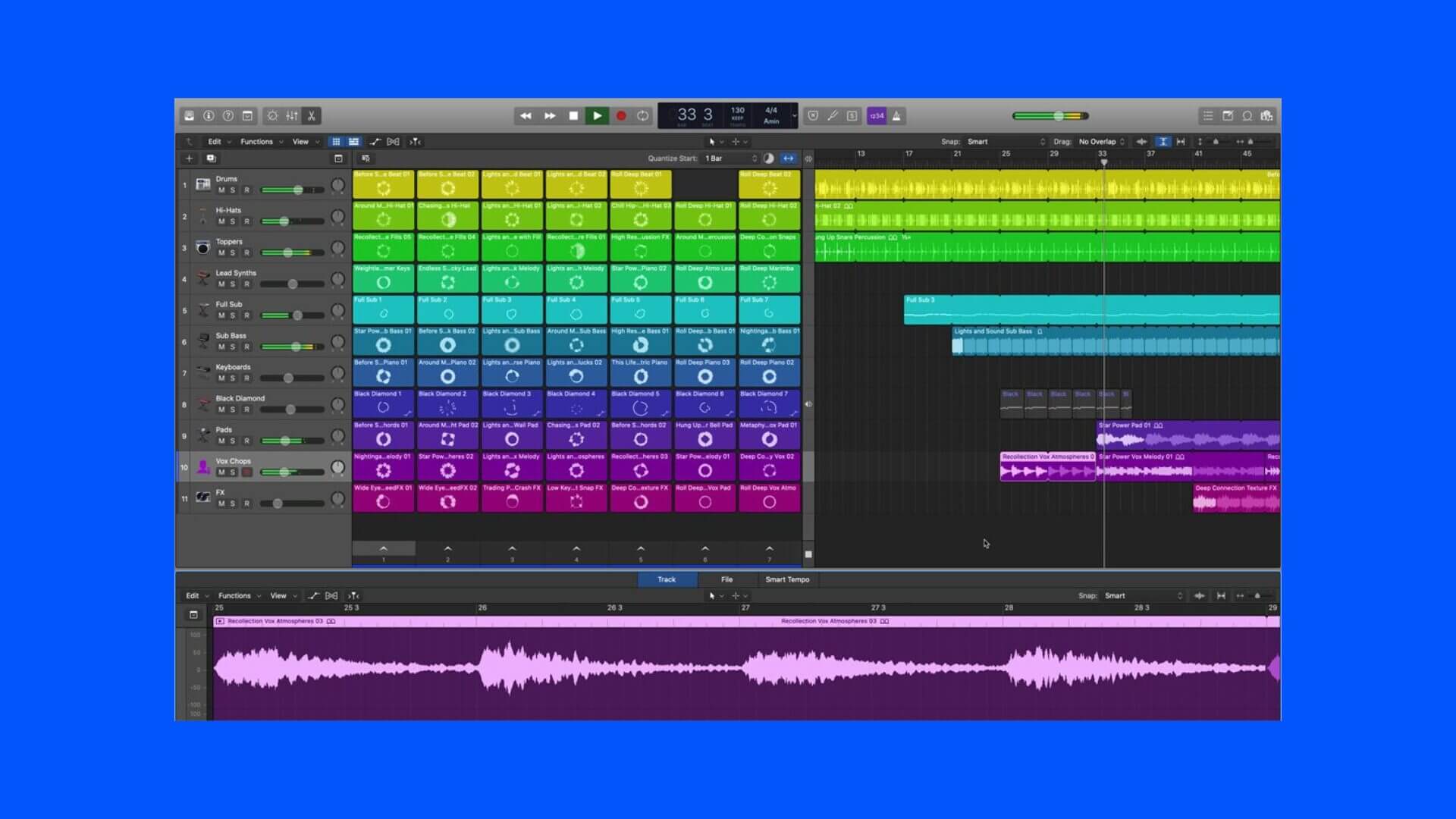
For music producers, DAWs such as Ableton Live, FL Studio, and Logic Pro are essential. These powerful platforms provide BPM analysis along with a suite of music production tools, making them ideal for detailed tempo work and overall music creation.
Each of these tools offers unique features that cater to different aspects of music handling. Whether you’re a hobbyist or a professional, trying out a few options to find what suits your style and needs is always a good idea.
Why Knowing The BPM is Useful
When I first learned how to find a song’s BPM, I realised it was more than just a number – it’s a key that unlocks various aspects of music appreciation and creation. Here’s why understanding BPM is so crucial in music:
1. Perfecting DJ Sets
For DJs, BPM is fundamental. Knowing the BPM of tracks helps in creating seamless transitions and mashups. It’s about keeping the dance floor alive with a rhythm that flows effortlessly from one song to another.
2. Crafting Playlists
Whether you’re putting together a workout playlist or a chill-out mix, BPM can guide your song selection. A high BPM can energise a gym session, while a lower BPM can set the mood for relaxation or study.
3. Music Production Insights
As a music producer, BPM is a tool for setting the tone of your creation. It influences the genre, mood, and energy of the track. Understanding BPM helps in structuring songs and deciding on the right tempo for the emotion you want to convey.
4. Enhancing Musical Understanding
Knowing the BPM of songs enhances your musical ear. It helps you appreciate the structure and rhythm of different genres and understand the technicalities behind what makes a song catchy or relaxing.
5. Synchronising with Other Musicians
For live performances and band practices, BPM serves as a common language. It ensures all musicians are in sync, maintaining a consistent tempo throughout the performance.
BPM, in essence, is a versatile tool. Whether you’re a DJ, a producer, a casual listener, or a performing artist, understanding BPM enriches your musical experience. It’s not just about the beats; it’s about the story they tell and the feelings they evoke.
The Future of BPM Detection
As I’ve navigated through the world of music, one thing has become clear: the evolution of BPM detection is far from over. The future holds exciting possibilities, blending technology with rhythm in ways we can only begin to imagine. Let’s take a look at what the future might hold for BPM detection.
- Advanced Algorithm and AI Integration: The integration of sophisticated algorithms and artificial intelligence in BPM detection software is already underway. These technologies promise even more accurate and nuanced BPM analysis, potentially identifying complex rhythms that are challenging for current tools.
- Wearable Tech for BPM Detection: Imagine having a smartwatch that not only tracks your heart rate but also the BPM of the song you’re listening to. Wearable technology could revolutionise how we interact with music, synchronising our physical activities with the tempo of our playlists in real-time.
- Enhanced Live Performance Tools: For DJs and live performers, future BPM detection tools might offer more than just tempo analysis. We could see systems that automatically adjust lighting and visual effects in sync with the music’s BPM, creating a fully immersive experience.
- Integration in Music Education: BPM detection can become a standard tool in music education, helping students understand rhythm and tempo in a more interactive way. This could revolutionise how music theory and rhythm are taught, making it more accessible and engaging.
- Crowdsourced BPM Databases: The power of community could lead to extensive, user-generated databases of song BPMs. Such platforms could provide detailed BPM data for a vast array of songs, far beyond what individual apps or websites offer today.
The future of BPM detection is all about deeper integration into our musical experiences and daily lives. It’s not just about measuring beats; it’s about enhancing our interaction with music, from the way we listen to it, to how we create it.
Additional Resources
As we conclude our exploration of BPM in music, I encourage you to continue learning and experimenting. Here are some valuable resources, complete with links, to further your journey:
Books and Guides
Delve deeper with fantastic books like “BPM: Beats Per Minute” by Paul Sizer, or “Understanding Rhythm: A Guide to Reading Music” by Michael Lauren that cover the topic in great detail. There are also super helpful articles online such as “What Does BPM Mean In Music?” by The Online Metronome and of course the obvious Wikipedia page about Tempo.
Online Tutorials and Courses
Expand your knowledge through online platforms. Skillshare, Udemy, and YouTube offer a range of tutorials from beginner BPM counting to advanced music production techniques.
Music Forums and Communities
Engage with fellow enthusiasts and professionals on forums such as the Gearspace forum, Reddit’s r/Beatmatch, or the DJ TechTools forum.
DJ and Music Production Software Trials
Get hands-on experience by trying out software like Serato DJ, Rekordbox, and Ableton Live. Most offer free trial versions.
Workshops and Meetups
Stay updated on music workshops and meetups in your area through platforms like Meetup or Eventbrite. These events are great for hands-on learning and networking.
The pursuit of knowledge in BPM and music is a never-ending adventure. Whether you’re a DJ, a music producer, or a passionate music fan, these resources will help you deepen your understanding and enhance your skills.



